Chlor-alkali Industry, Chlorate Industry Electrolytic Production
The chemical industry of producing chlorine gas, hydrogen, and caustic soda by electrolysis of salt water solution is called the Chlor-alkali industry, which is a revolutionary application of electrode development and the largest field in the modern electrochemical industry, and occupies an important position in the national economy.
In Chlor-alkali production, pure saturated saltwater as an electrolytic solution, titanium electrode as the anode, iron mesh with stone wool as cathode, anode chamber to produce chlorine gas, cathode chamber to produce hydrogen and sodium hydroxide, after purification is widely used in various industrial production.
The application of titanium anode greatly propelled the development of the Chlor-alkali industry, is an epoch-making contribution to the electrochemical field, chlorine high catalytic activity electrodes analysis, to analysis, the chlorine reaction has good catalytic activity, mechanical stability, and chemical stability, and therefore is irreplaceable in Chlor-alkali industry nowadays electrode materials, service life in more than five years.
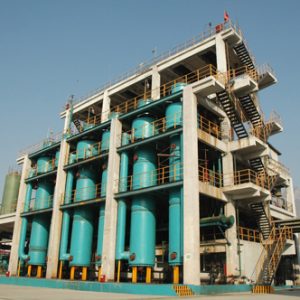
Hypochlorite generator, Chlorine Dioxide Generator Electrode Manufacturing. (84 disinfectant)
Sodium hypochlorite is a strong oxidant, belongs to the real efficient, broad-spectrum, safe strong sterilization, killing virus agents, has a strong bactericidal effect, can replace bleaching powder and other oxidants.
Since the Spring Festival of 2020, due to the outbreak of COVID-19 across the country and the world, the demand for disinfection and health protection products has been in short supply, and people’s awareness of sterilization and disinfection has increased.
Many manufacturers of household disinfection instruments have been born. Because of its simple principle and convenient production, only 10 grams of saltwater +600 ma current, can obtain a 2000PPm level of 84 disinfectant, the product is a ring ruthenium-iridium electrode, spray pot shape, popular at home and abroad.
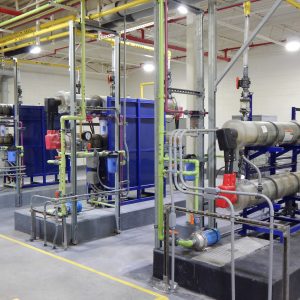
PCB electronic circuit board factory etching waste liquid recovery
Etching is an important process in the production of printed circuit boards. With the etching process, there are a lot of copper ions or other metal ions in the waste etching solution, which can be recycled and utilized by electrolysis. Through this recycling process, enterprises not only recycle copper and other metals to increase economic benefits, more importantly, emission standards and resource recycling, with long-term social benefits.
The waste liquid includes etching liquid waste, micro-etching liquid waste, alkaline etching liquid waste, acidic etching liquid waste, low copper-containing liquid waste, waste fixing liquid, waste frame material, nickel-containing liquid waste, gold and palladium containing liquid waste, waste tin withdrawing water.

Cathodic Protection
In the Marine, hull, bridge, and other steel use environment, due to the corrosion of impurities in steel and micro battery, coupled with the complex natural environment, the use of corrosion-resistant alloy steel, and increase the thickness of the material coated with excellent corrosion-resistant paint, but the corrosion of these structures is still very serious, a great threat to safety production, Cathodic protection is a convenient and important measure to effectively protect permanent steel structures in the ocean.
1) The whole surface of the protected metal structure becomes a cathode by applying an applied current, which is called impressed current cathodic protection.
2) A more negative metal or alloy is connected to the metal equipment to be protected, called sacrificial anode protection.
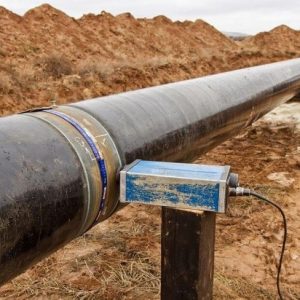
Sewage Treatment
With the rapid development of industry and agriculture and the growth of population, the amount of sewage discharged by human beings has increased sharply, resulting in different degrees of pollution in many water areas. Electrochemical treatment of sewage can be divided into direct electrolysis and indirect electrolysis.
Direct electrolysis refers to the removal of pollutants from wastewater by oxidation or reduction directly on the electrode. Indirect electrolysis refers to the use of REDOX substances generated by electrochemistry as reaction agents or catalysts to convert pollutants into substances with less toxicity.
Used in printing and dyeing wastewater treatment, landfill leachate treatment, excrement sewage treatment, cyanide wastewater treatment, pharmaceutical wastewater treatment, hospital wastewater treatment, and organic wastewater treatment.
In order to effectively remove COD and BOD and ensure a large electrolysis area, sewage treatment requires assembled electrodes and parallel electrolysis, with network structure in the majority.
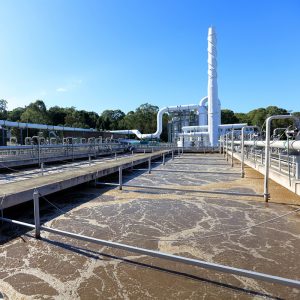
Seawater electrolysis
Seawater electrolysis is an intriguing technology for sustainable hydrogen production that will not exacerbate the global shortage of freshwater or increase carbon emissions. However, due to the undesirable anodic chlorine evolution reaction and the strong corrosiveness of seawater, this technology is significantly hindered by a lack of robust oxygen evolution reaction (OER) electrocatalysts that exhibit high activity, high selectivity, and good stability.
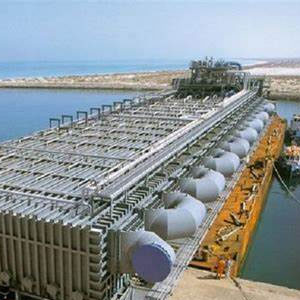
Gold plating, Galvanized Tin Plating, Steel Plate
Titanium electrode has excellent electrical conductivity and corrosion resistance, and their service life is much higher than that of the lead anode. It can work more than 4000 hours stably, and the cost is low. It will be the inevitable trend of the development of galvanizing and tin production at home and abroad.
Titanium electrode is now used in Japan, The United States, and Germany, domestic, not only greatly save electroplating energy consumption, but also can increase electroplating current density, for the production of thick galvanized, tin steel plate created conditions.
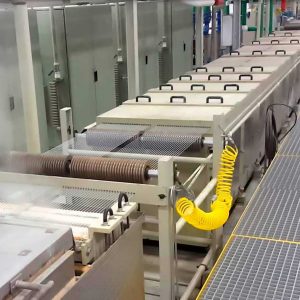
Electrolytic Copper Foil
With the development of science and technology, the degree of automation is increasing day by day, which promotes the rapid development of the electronic industry. The application of large-scale integrated circuits increases the demand for copper foil in the electronic and instrument industry, and the quality of copper foil is also higher and higher.
According to the thickness, it can be divided into 105µm, 70µm, 35µm, 18µm, 12µm, 9µm, and 5µm, among which 12µm copper foil is generally called an ultra-thin copper foil.
Electrolytic copper foil uses rotating metal rollers partly immersed in copper sulfate solution as cathodes to produce foil for continuous electrolysis. The international copper foil production is mainly controlled by Japan, and there are about 15 domestic manufacturers with a capacity of about 35,000 tons.
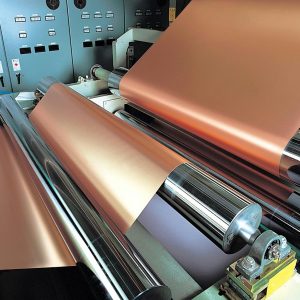
The Shape of Titanium Anodes
The geometry of the titanium anode is designed based on the principle that the substrate and the active coating can be firmly combined and easily molded to increase the surface area of the electrode.
The substrate can be made into shapes of the plate, tube, rod, mesh, etc.
Coated titanium anodes are used in the chemical industry, electrometallurgy, water treatment, environmental protection, electroplating, electromechanical synthesis, cathodic protection, electrodialysis, electrolytic pickling of steel plates, metal foil production, and other electrolytic industries

Metal oxide-coated titanium electrodes can be classified according to the gas precipitation in the electrochemical reaction, used for precipitation of chlorine on the anode is called chlorine anode, such as ruthenium coated titanium electrode.
The anodes used to remove oxygen are called oxygen evolution anodes, such as titanium electrodes coated by the system.
We offer three types of titanium anodes according to the coating materials:
Ruthenium-coated titanium electrode
Iridium coated titanium electrode
Platinum-plated anode
